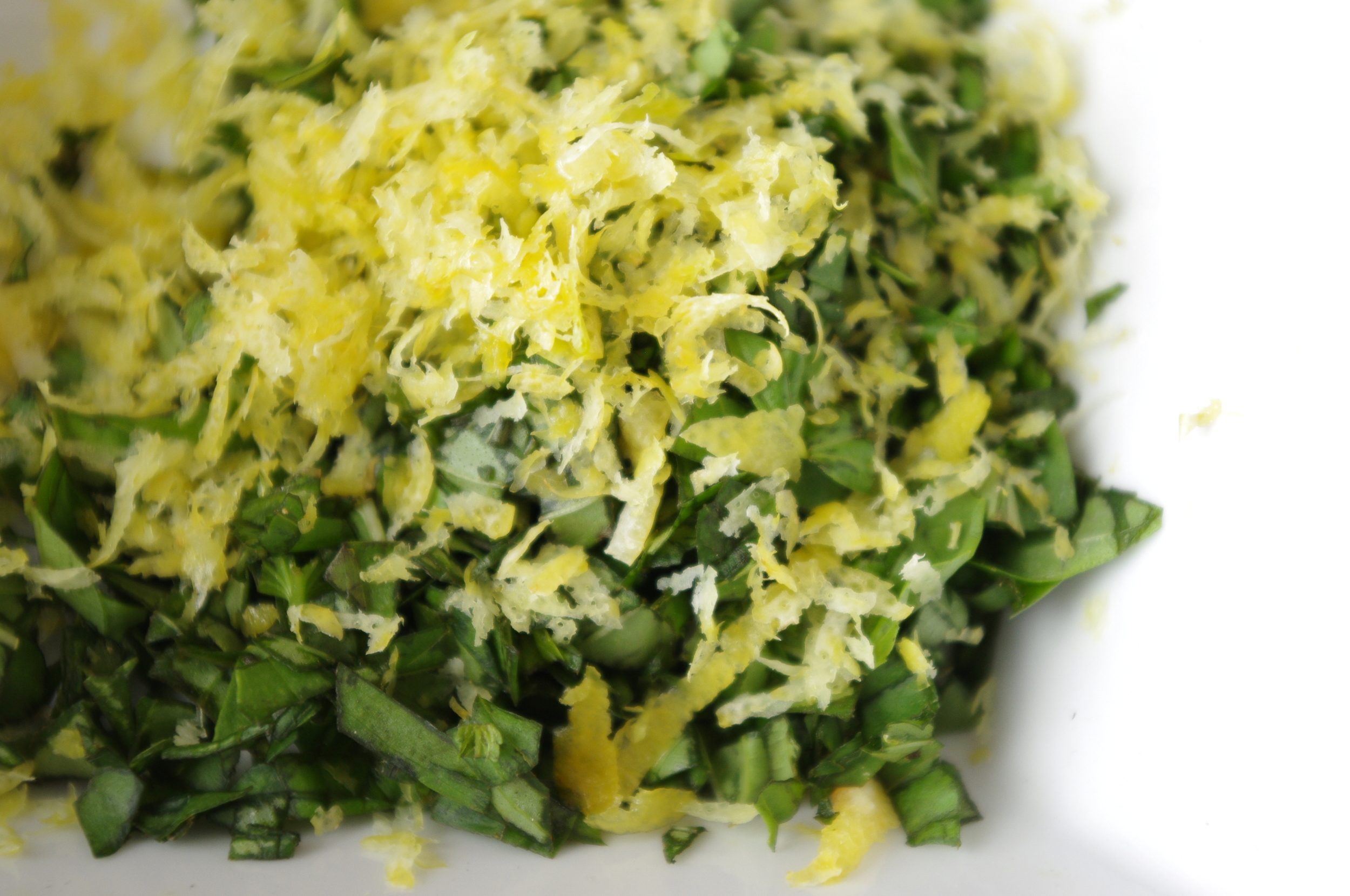Ingredients:
1 Bunch of white beets, plus greens
1 Medium or 2 small heads of cauliflower
2 Yellow onions
1-2 Tbs good curry spice blend (like Alchemy Spice Neo Masala, or a korma blend for a mild curry)...or blend your own!
Olive or canola oil
Sea salt
6-8 cloves of fresh garlic, peeled and minced
1 Can (15 oz) cold pressed unsweetened coconut milk, or 1 cup plain yogurt
Juice from one lemon
One small bunch of leaf celery stalks and leaves, chopped
1 Small bunch of cilantro leaves and stems, chopped
Method:
You can make your own masala spice blend with whole spices. Toasting whole spices in a dry skillet for a few minutes will make the flavors bloom. Put the whole spices in a clean spice grinder (or coffee grinder: before milling spices, clean the grinder by running dry rice grains through, then brush clean with a dry cloth or basting brush). If using a mixture of pre-ground and whole spices, only toast and grind the whole ones, then combine them with the pre-ground spice powders. Which spices you choose is a matter of taste preference, but I like fennel seed, black peppercorns, coriander seed, cumin seed, fenugreek, cinnamon, ginger, cardamom, cloves, and turmeric. Use enough dried chili (whole or flakes) to your desired heat preference. After you have ground the spices into a powder, you can save any unused portions in a glass spice jar or airtight container. If you would prefer to use a pre-blended masala, there are some really tasty ones at your local Indian grocery, or you can try the sweet and spicy Alchemy Spice Neo Masala. Most generic curry spice blends at your local grocery will not have enough flavor or freshness for this recipe.
To prepare the vegetables: Coarsely chop the cauliflower, beets, and one yellow onion. Place chopped vegetables in an ovenproof dish and drizzle some oil over them, then stir to coat the vegetables in the oil. Season with 1-2 Tablespoons of the masala spices and sea salt to taste. Bake in the oven at 375 degrees for about 1 hour.
While the vegetables are baking, chop and saute the beet greens with a little oil to serve with the rice and vegetable masala. Season the greens with salt and pepper to taste.
When the vegetables are nearly done, place the chopped celery leaves and stalks, one diced onion, the minced garlic, and a little oil in a large saucepan. Saute on medium heat until tender. Add the roasted vegetables, coconut milk, and lemon juice to the pan, and stir to combine. Let simmer for a few minutes, then pulse with an immersion blender until the mixture becomes a thick, but textured sauce. Season with more spices and salt to taste. Remove from heat and stir in some of the fresh cilantro and celery leaf.
Serve with brown basmati rice, sauteed beet greens, and spiced grilled chicken, tofu, or fish. Garnish with chopped fresh cilantro, celery leaf, and Cucumber Raita.








